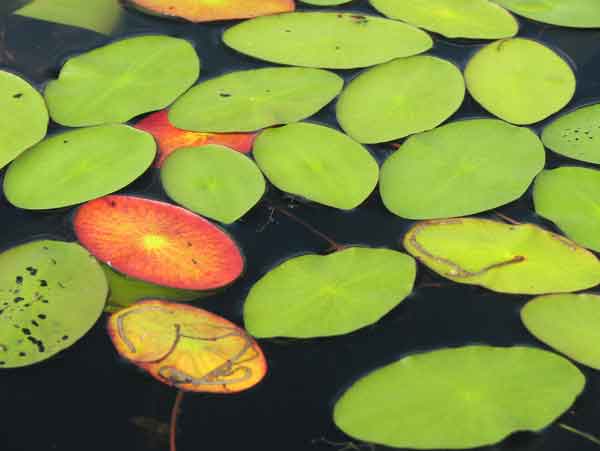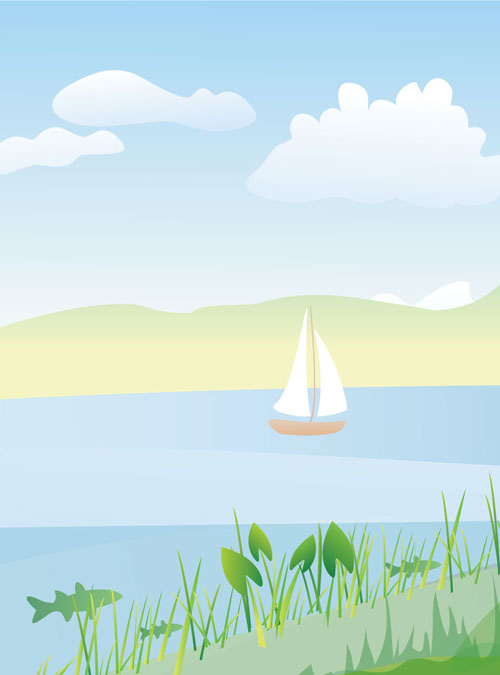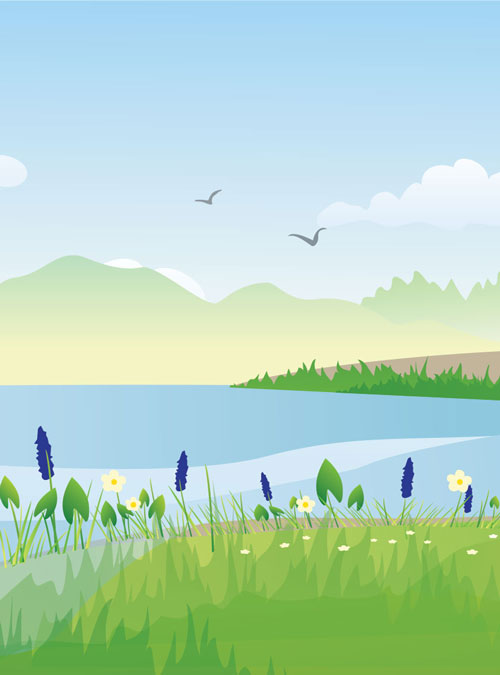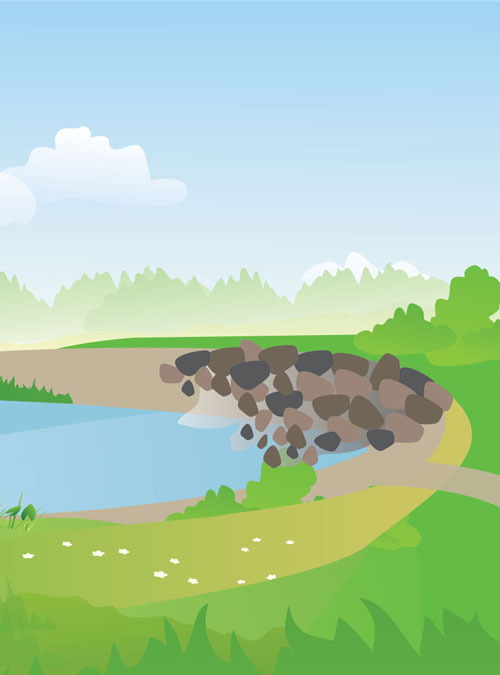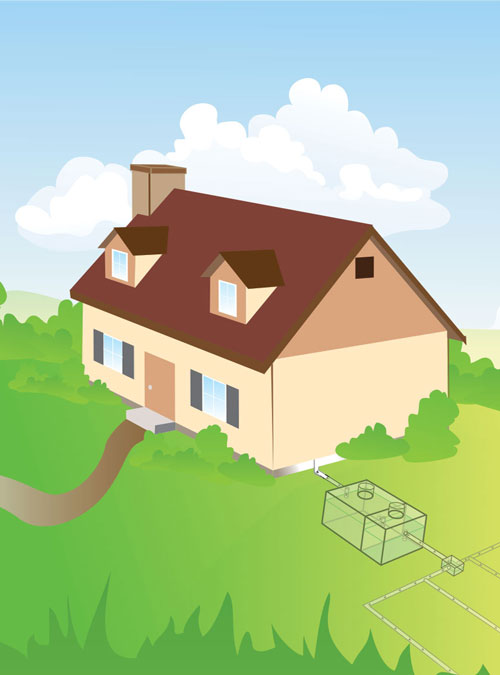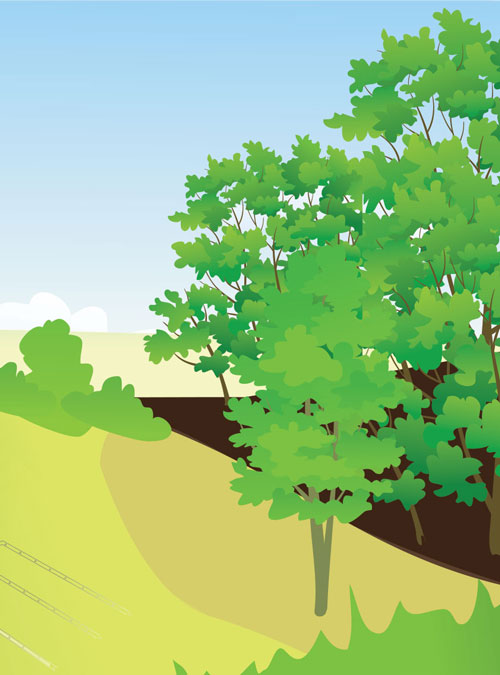Aquatic Zone
Within a lake or pond, aquatic plants grow in an area known as the aquatic, or littoral zone, which is the shallow transition zone between dry land and the open water area of the lake. In Minnesota waters, the littoral zone extends from the shore to a depth of about 15 feet, depending on water clarity. The shallow water, abundant light, and nutrient-rich sediment in the aquatic zone provide ideal conditions for plant growth. Aquatic plants, in turn, provide food and habitat for many animals such as fish, frogs, birds, muskrats, turtles, insects, and snails.
Protecting the littoral zone is important for the health of a lake's fish and other wildlife populations, and for maintaining the value of your property.
Learn how to determine if your aquatic zone is healthy.
What is the Aquatic Zone and why is it important for maintaining lake and shore quality?
Can a homeowner remove plantings from the water in front of their land?
Aquatic Plants Regulations
Permits to Control Aquatic Plants
What are the rules and laws for private shoreland management?
Permits Required for Shoreline Projects
Shoreland and Water-related Laws
Is the aquatic zone important for fish health?
Can I knock down an ice ridge and put it back into the water?
Shoreline Alterations: Ice Ridges
Are there recommended plants a homeowner can put into the water in front of their home?
Are there regulations regarding docks, hoists or a boat ramp?
Docks and Access in Public Waters
Installing a Boat Ramp
General sources for shoreland issues
MN Shoreland Management Resource Guide
Understanding Lake Ecology
Itasca County Shoreland Guide To Lake Stewardship
